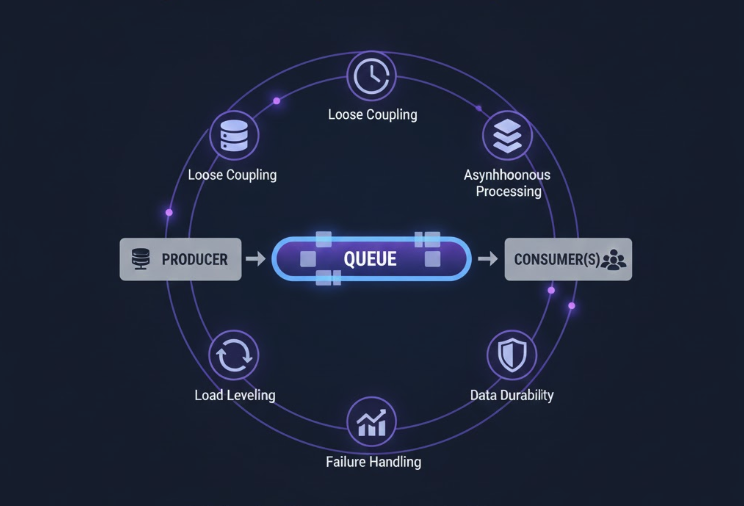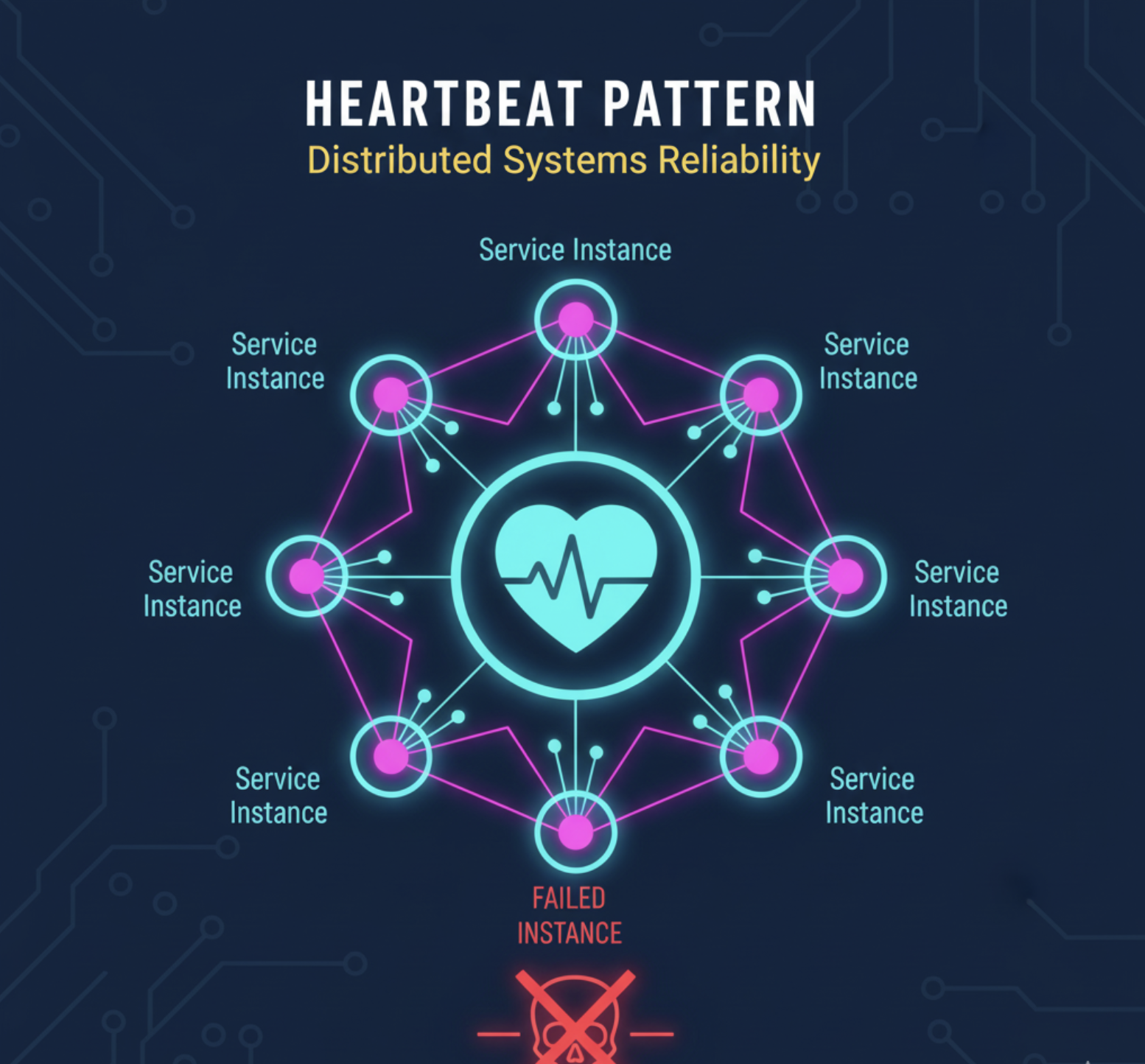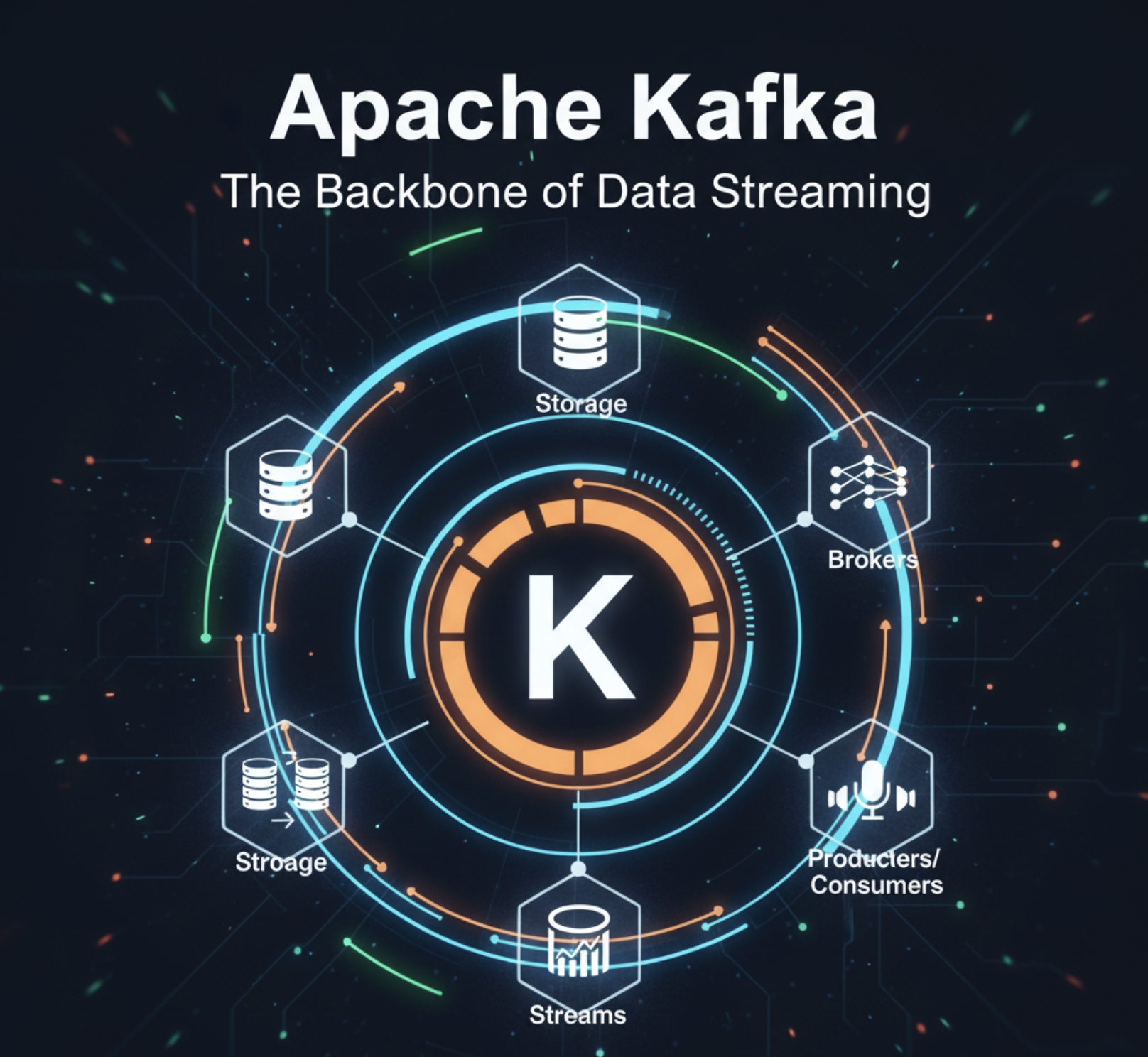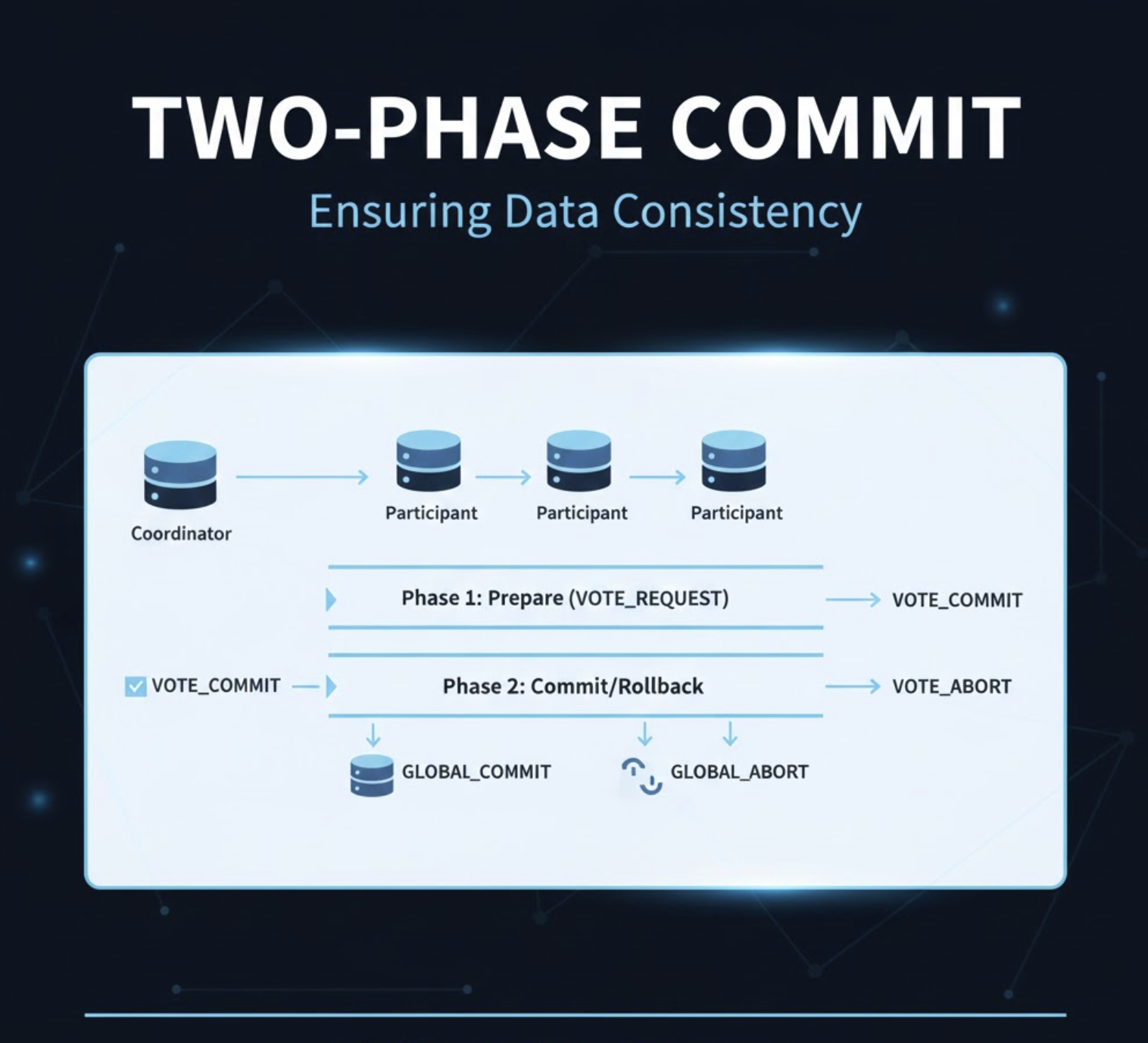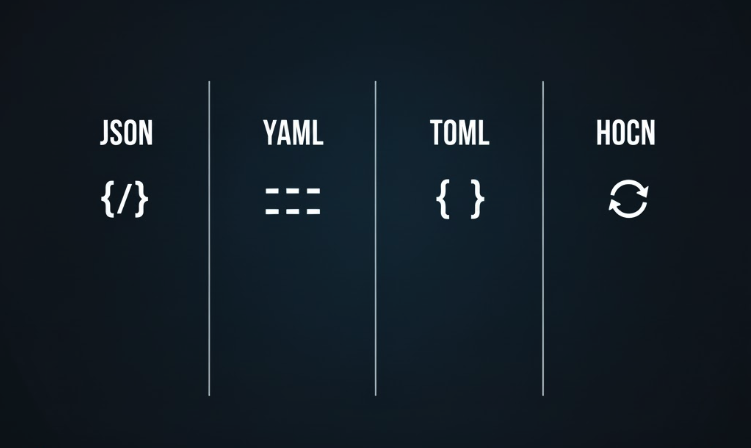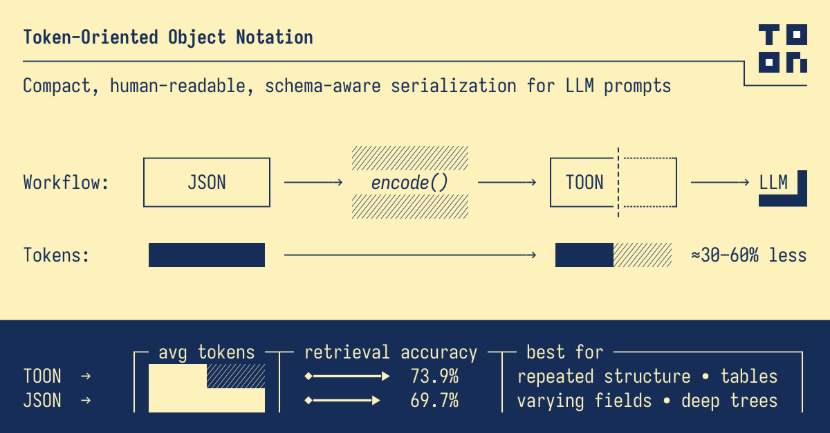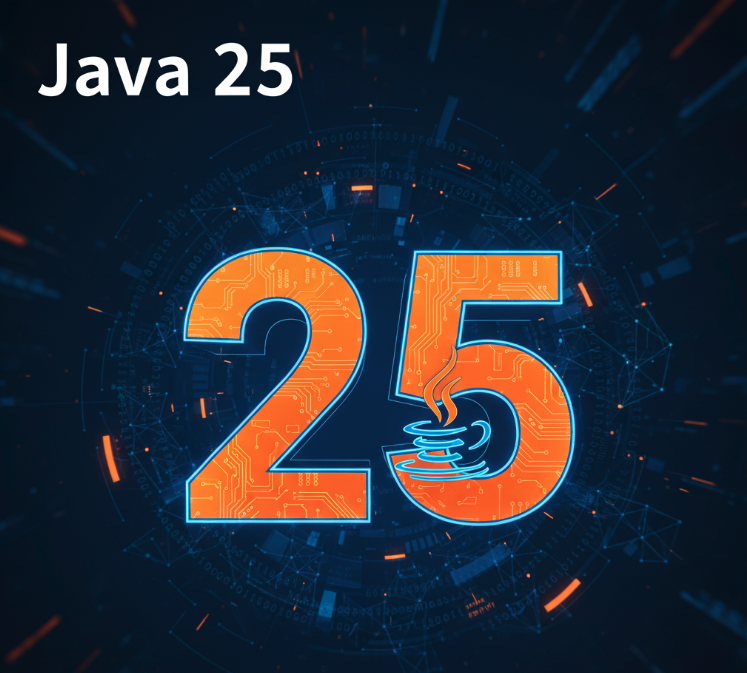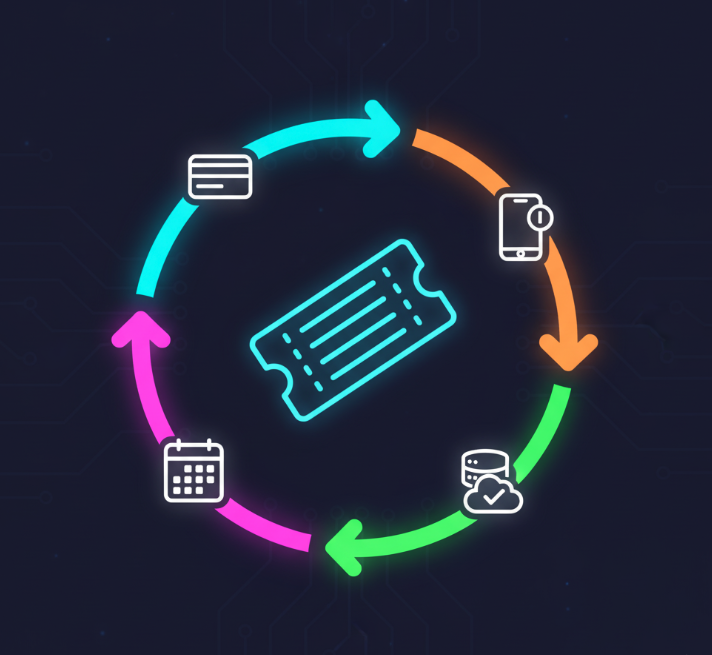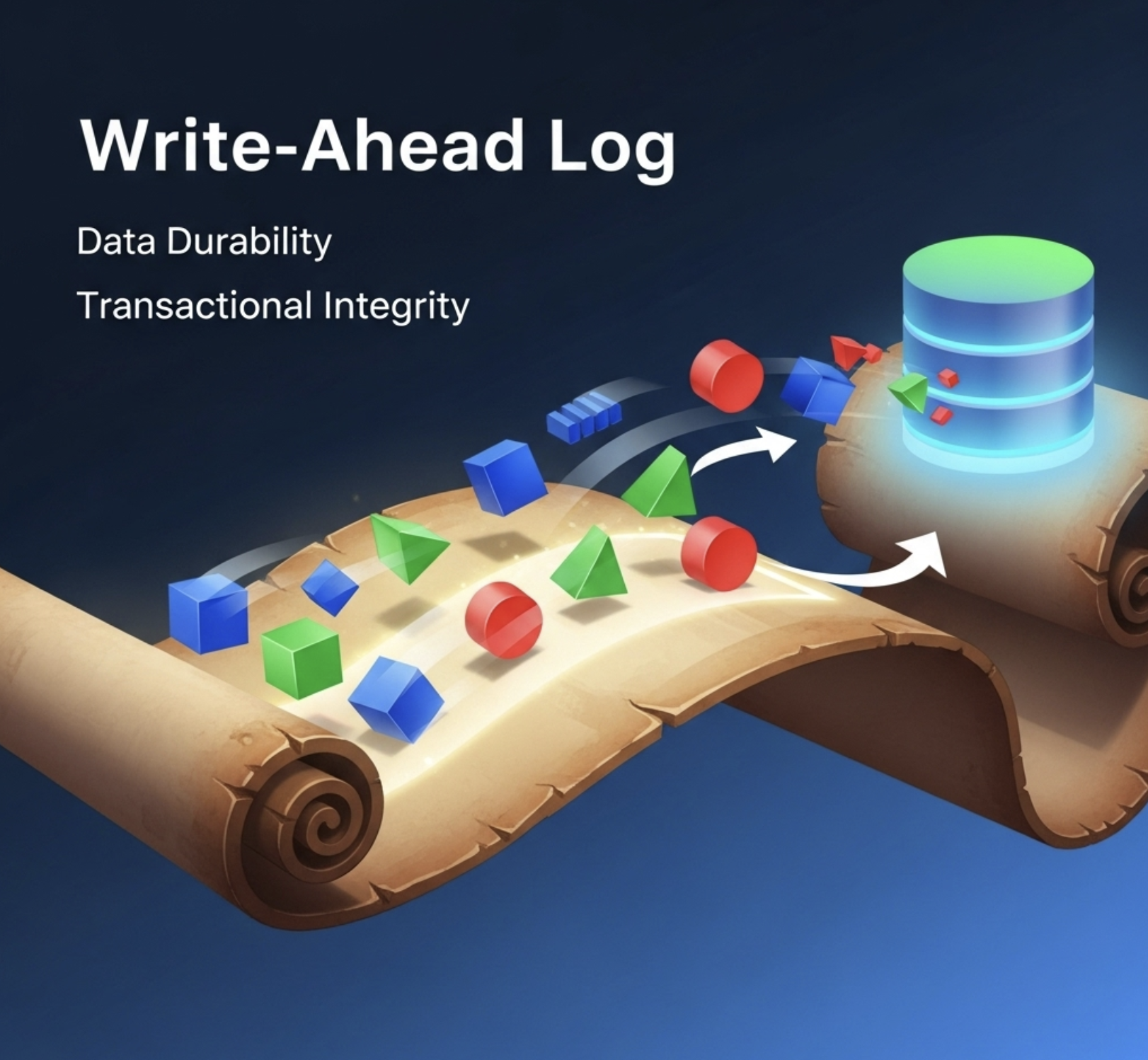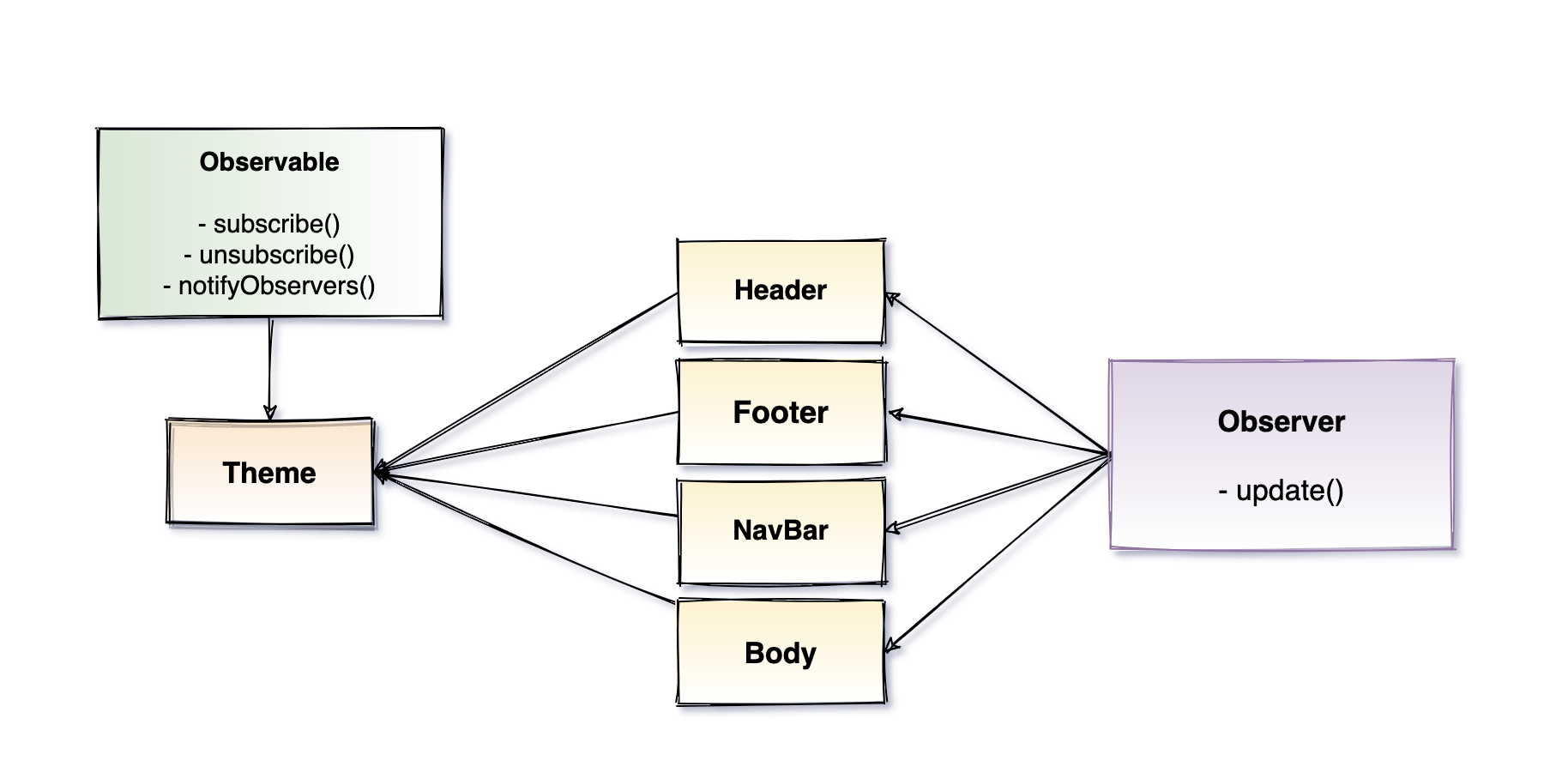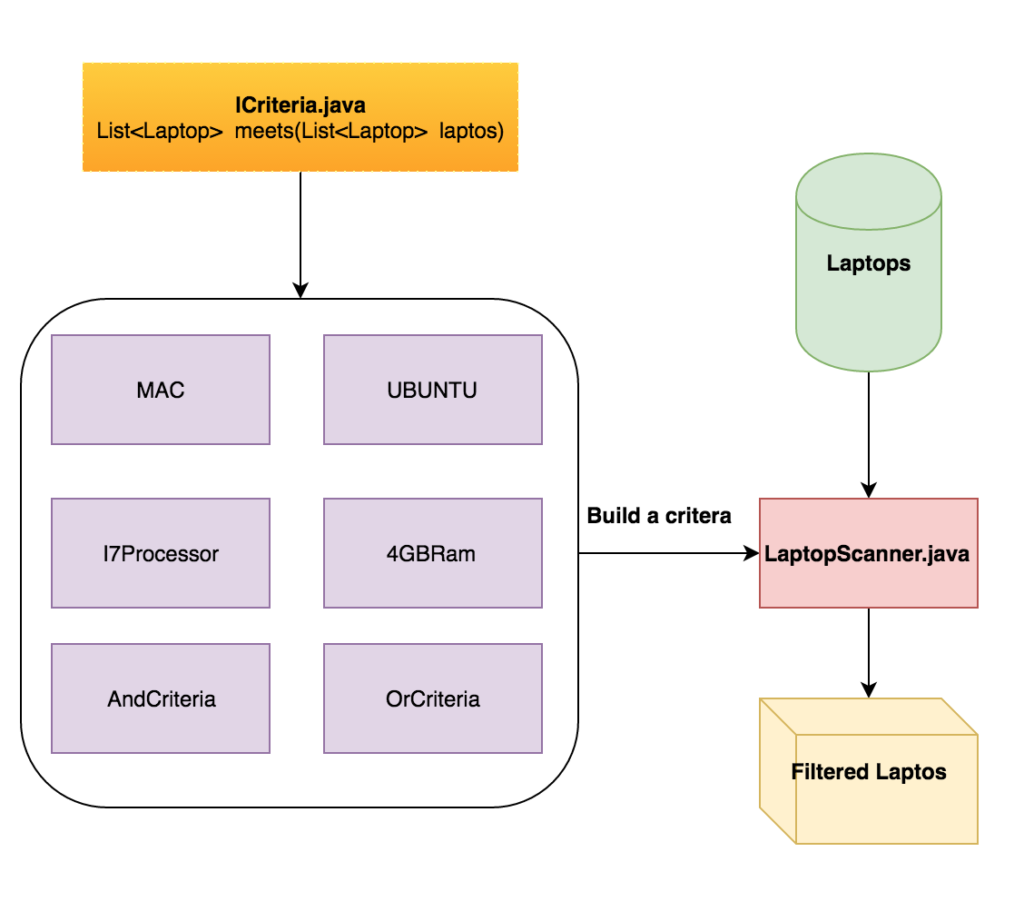Picture this: it’s Black Friday, millions of shoppers worldwide are frantically clicking “Add to Cart” on their favorite websites, and somewhere in the world, a massive DDoS attack is trying to bring down critical infrastructure. Yet, the internet keeps humming along smoothly. How? The answer lies in one of the most fascinating engineering achievements of our time—Cloudflare’s ability to handle 55 million HTTP requests per second with just 15 PostgreSQL clusters.
Yes, you read that right. While most companies struggle with a few thousand concurrent users, Cloudflare has built a system so elegant and efficient that it makes handling internet-scale traffic look almost effortless. But here’s the kicker—they didn’t do it by throwing endless hardware at the problem. Instead, they solved it through brilliant engineering principles that every developer should understand.
The Humble Beginning of a Giant
Back in July 2009, in a small office in California, three entrepreneurs had a simple yet audacious vision: make the internet faster and more reliable for everyone. They called their company Cloudflare, and today it processes a staggering 20% of all internet traffic. That’s right—one in every five web requests you make probably passes through Cloudflare’s network.
But the journey wasn’t always smooth. In the early days, like every startup, they faced the classic engineering dilemma: how do you build something that can scale from zero to internet-scale without breaking the bank or your sanity?
The Secret Sauce: It’s Not What You Think
When most developers hear “55 million requests per second,” their first instinct is to imagine massive data centers filled with thousands of servers and dozens of database clusters. But here’s where Cloudflare’s story becomes truly interesting—they achieved this incredible feat with just 15 PostgreSQL clusters.
Let that sink in for a moment. While companies like Meta and Google operate hundreds of database clusters, Cloudflare handles internet-scale traffic with a database setup that some mid-sized companies might consider modest. How is this possible?
The Art of Connection Juggling
The first lesson every developer learns the hard way is that database connections are expensive. Really expensive. Each PostgreSQL connection spawns a separate operating system process, consuming memory and CPU resources. In a traditional setup, if you have 10,000 concurrent users, you might need 10,000 database connections—a recipe for disaster.
Cloudflare solved this with PgBouncer, a lightweight connection pooler that acts like a brilliant traffic conductor at a busy intersection. Instead of every application connecting directly to PostgreSQL, they connect to PgBouncer, which maintains a smaller pool of actual database connections and intelligently shares them among thousands of clients.
Think of it like a busy restaurant. Instead of every customer walking directly into the kitchen to order from the chef (which would be chaos), they order through waiters who efficiently manage the communication between customers and the kitchen. PgBouncer is that incredibly efficient waiter.
But Cloudflare didn’t stop there. They tackled the infamous “thundering herd” problem—imagine thousands of customers all trying to order at the exact same moment. PgBouncer intelligently throttles connections, ensuring that no single tenant can overwhelm the system and starve others.
The Power of Bare Metal
Here’s a decision that might surprise you: in an age where everyone’s moving to the cloud and virtualization, Cloudflare chose to run their PostgreSQL clusters on bare metal servers. No virtualization layer, no containers—just raw, powerful hardware.
Why? Because when you’re handling 55 million requests per second, every microsecond counts. Virtualization adds overhead, and overhead becomes the enemy when you’re operating at internet scale. By running on bare metal, Cloudflare eliminates the performance penalty of virtualization, squeezing every ounce of performance from their hardware.
Smart Traffic Management: The HAProxy Magic
Even with optimized connections and bare metal servers, you still need to distribute traffic intelligently. Cloudflare uses HAProxy as their load balancer, but not in the way you might expect.
HAProxy doesn’t just distribute traffic randomly—it understands the health and capacity of each database server. It can automatically route traffic away from overloaded servers and balance the load between primary databases and read replicas. It’s like having an incredibly smart GPS that not only knows the shortest route but also understands traffic conditions and can reroute you in real-time.
The Genius of Anycast: One IP to Rule Them All
Perhaps the most brilliant architectural decision Cloudflare made was embracing Anycast routing. In traditional networking, every server has a unique IP address—like having a unique postal address for every house. But Anycast is different. It’s like having the same address for multiple locations, and the internet automatically routes you to the closest one.
Cloudflare operates over 330 data centers worldwide, but they all share the same IP addresses. When you make a request to a Cloudflare-protected website, the internet’s routing infrastructure automatically sends your request to the nearest Cloudflare location. This means a user in Tokyo gets served from a data center in Tokyo, while a user in London gets served from London—all without any complex routing logic in the application.
This isn’t just about speed (though getting responses from 50 milliseconds away instead of 200 milliseconds away is huge). It’s also about resilience. If a data center goes offline, traffic automatically flows to the next nearest location. No manual failover, no complex orchestration—just the internet doing what it does best.
The Edge Computing Revolution
While traditional companies centralize their computing in a few large data centers, Cloudflare flipped this model on its head. They push computation to the edge—as close to users as possible.
Their Cloudflare Workers platform lets developers deploy code that runs in all 330+ data centers simultaneously. Imagine writing a function once and having it automatically deployed and running within 50 milliseconds of 95% of the world’s internet-connected population. That’s the power of edge computing.
But here’s the really clever part: Workers use V8 isolates instead of containers. While containers can take seconds to start up (an eternity in internet time), V8 isolates start in milliseconds or even less. This means truly zero cold starts—your code is always ready to run, instantly.
Database Optimization: The Devil in the Details
Running PostgreSQL at Cloudflare’s scale requires some serious optimization wizardry. They employ sophisticated techniques like:
Priority Queues: Not all database queries are created equal. Cloudflare ranks queries based on their historical resource consumption and uses priority queues to ensure that expensive queries don’t starve simpler ones.
Congestion Avoidance: They implemented the TCP Vegas congestion avoidance algorithm at the database level, dynamically adjusting connection pool sizes based on real-time performance metrics.
Intelligent Query Routing: The system understands which queries can be served by read replicas versus those that need the primary database, automatically routing traffic to optimize both performance and consistency.
Security as Code: The Invisible Shield
While handling 55 million requests per second is impressive, doing it securely is the real challenge. Cloudflare’s security systems process every single request, looking for threats in real-time.
Their DDoS protection doesn’t just block obvious attacks—it uses machine learning to understand normal traffic patterns and automatically adapts to new attack vectors. When a massive botnet launches an attack, Cloudflare’s Anycast network distributes the attack across hundreds of locations, making it much easier to absorb and mitigate.
The Web Application Firewall (WAF) operates with similar intelligence, using signatures and behavioral analysis to block everything from SQL injection attacks to sophisticated application-layer exploits—all without adding noticeable latency.
The Developer Experience Revolution
Perhaps most importantly for us developers, Cloudflare has made this incredible infrastructure accessible. Their developer experience is designed around a simple principle: you should be able to deploy code globally in minutes, not months.
With tools like Wrangler CLI, you can write a function locally, test it, and deploy it to their global network with a single command. No complex orchestration files, no infrastructure management—just code.
The Takeaway
Cloudflare’s journey from a three-person startup to handling 20% of internet traffic offers profound lessons for every developer. It’s not about having the biggest infrastructure or the most advanced technology—it’s about making smart architectural choices and optimizing ruthlessly for what matters most.
The fact that they handle 55 million requests per second with just 15 database clusters isn’t just an impressive technical achievement—it’s a testament to the power of thoughtful engineering. And the best part? The principles they’ve pioneered are now available to developers everywhere, democratizing the ability to build internet-scale applications.
